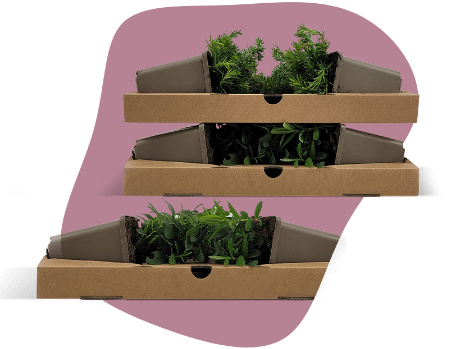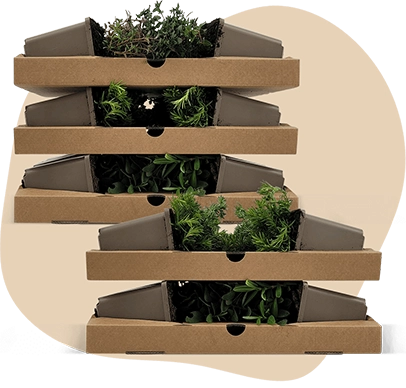Description
Thymus × citriodorus 'Bertram Anderson' | Lemon thyme
The delightful lemon thyme, Thymus × citriodorus 'Bertram Anderson', is a fragrant and evergreen herb that is as versatile in the kitchen as it is in the garden. Its vibrant yellow foliage and creeping growth habit make it an excellent choice for adding a splash of color and a refreshing citrus scent to borders, group plantings, and as an edging plant.
This varietal stands out with its strong lemon fragrance, which is released upon touching the leaves, making it a delightful addition to any culinary or ornamental garden.
Key Features
- The Thymus × citriodorus 'Bertram Anderson' is a hardy perennial that maintains its decorative yellow-green foliage throughout all seasons.
- As part of the Thymus genus, this lemon thyme variety thrives in well-drained soil and loves to bask in the full sun.
- Its ultimate height reaches up to 20 centimeters, with a creeping, widespread growth habit that makes it an ideal ground cover.
- The plant blooms with delicate pink flowers in July and August, which attract bees and butterflies to the garden.
- Lemon thyme is known for its evergreen nature and requires no pruning, making it exceptionally low maintenance.
- The foliage retains its yellow hue from spring to winter, providing long-lasting visual interest.
Tips
- While Thymus × citriodorus 'Bertram Anderson' is evergreen and requires minimal care, it does appreciate an average amount of water, particularly during dry spells.
- For propagation, semi-ripe cuttings can be taken in the summer months. Ensure the cuttings are planted in well-drained soil to encourage successful rooting.
- To maintain the health and vigor of lemon thyme, it's best planted in a location that receives plenty of sunlight. This will ensure the most intense fragrance and the brightest foliage color.
- Lemon thyme can be harvested for culinary use, adding a fresh, citrusy flavor to dishes. Simply snip off the amount needed, and the plant will continue to grow, providing a continuous supply of aromatic leaves.






























